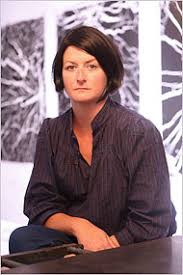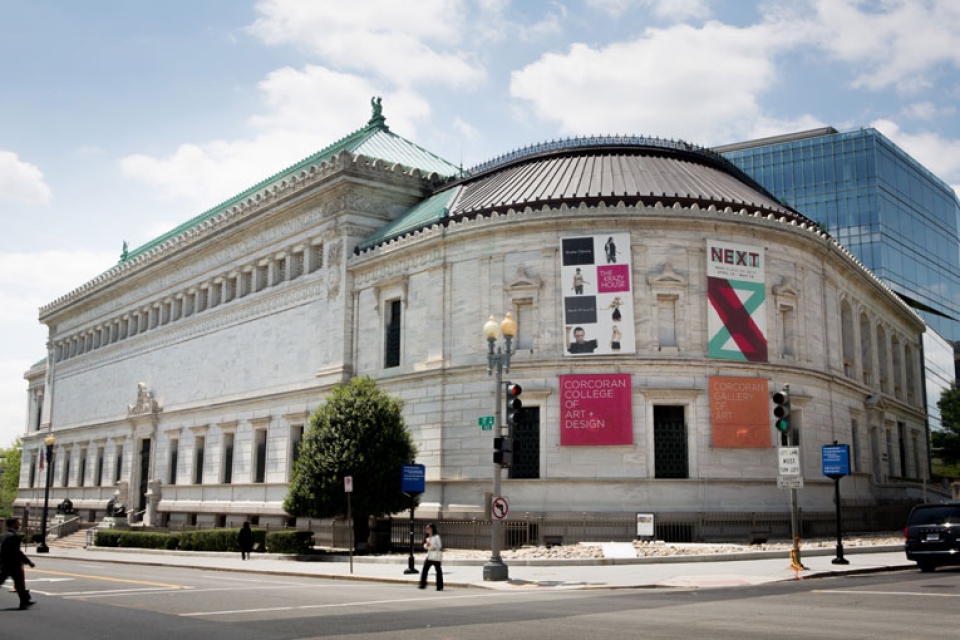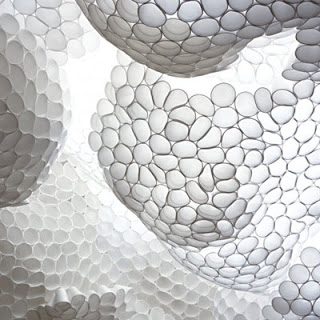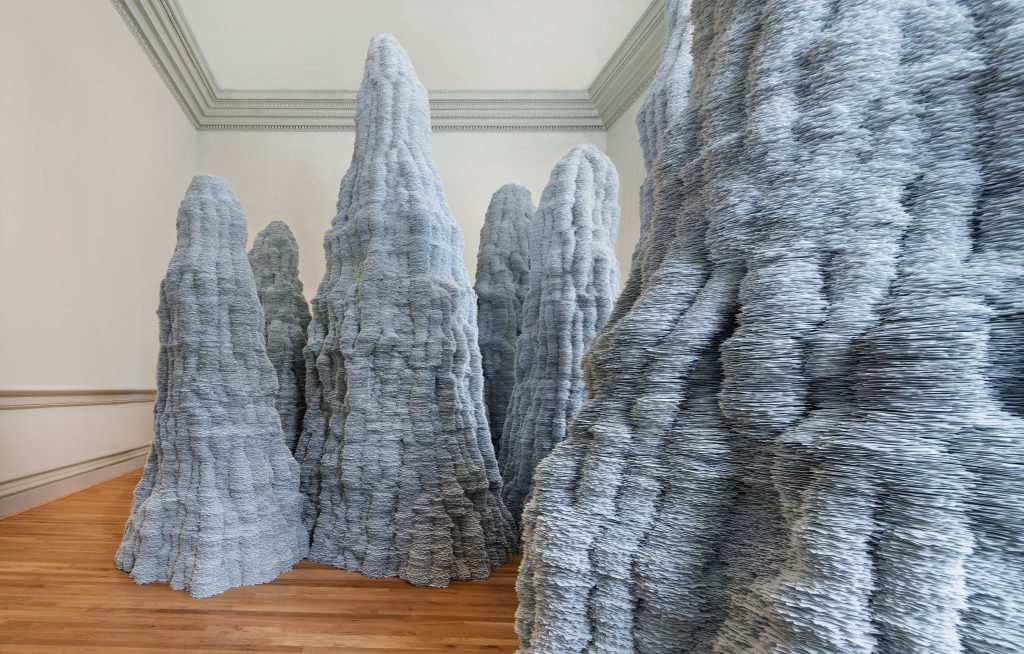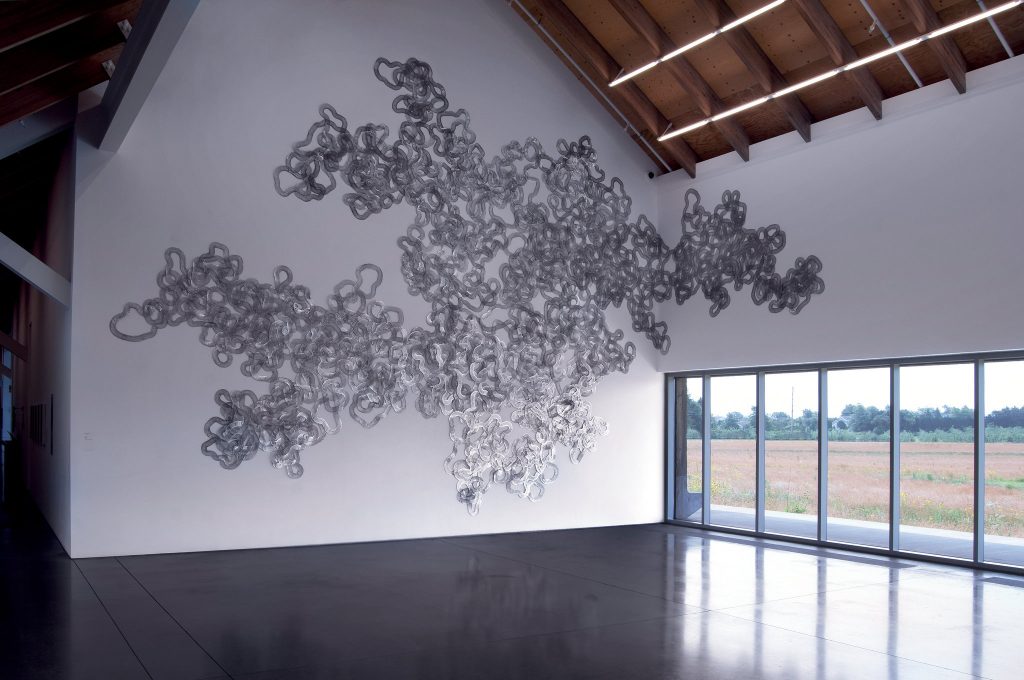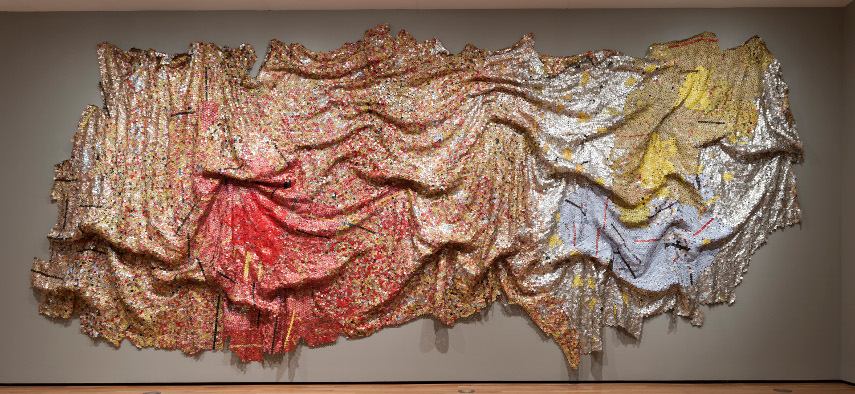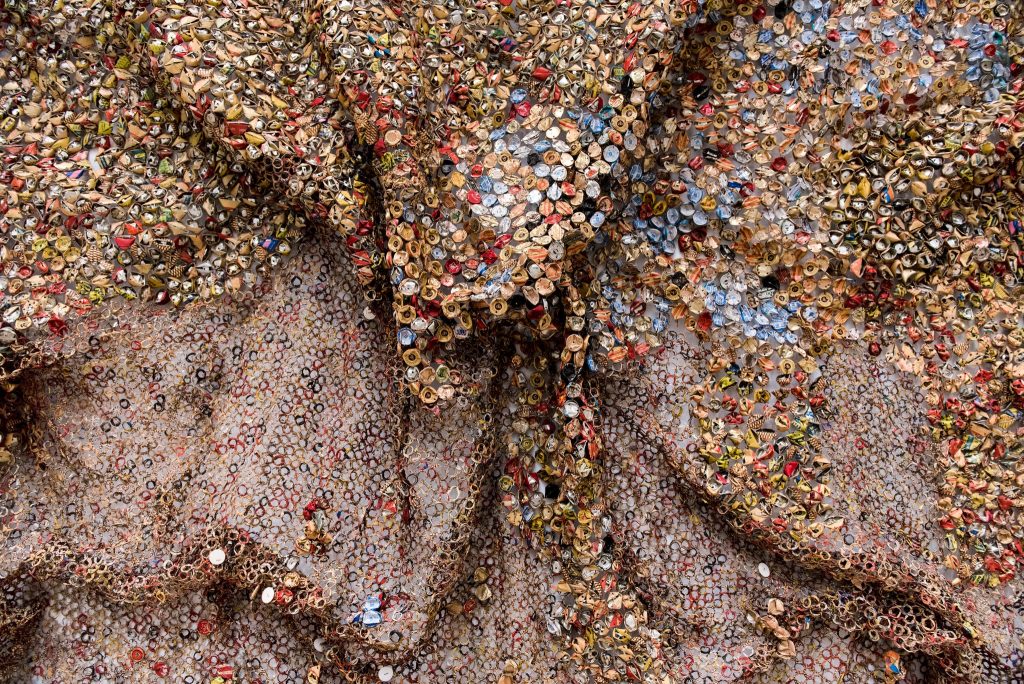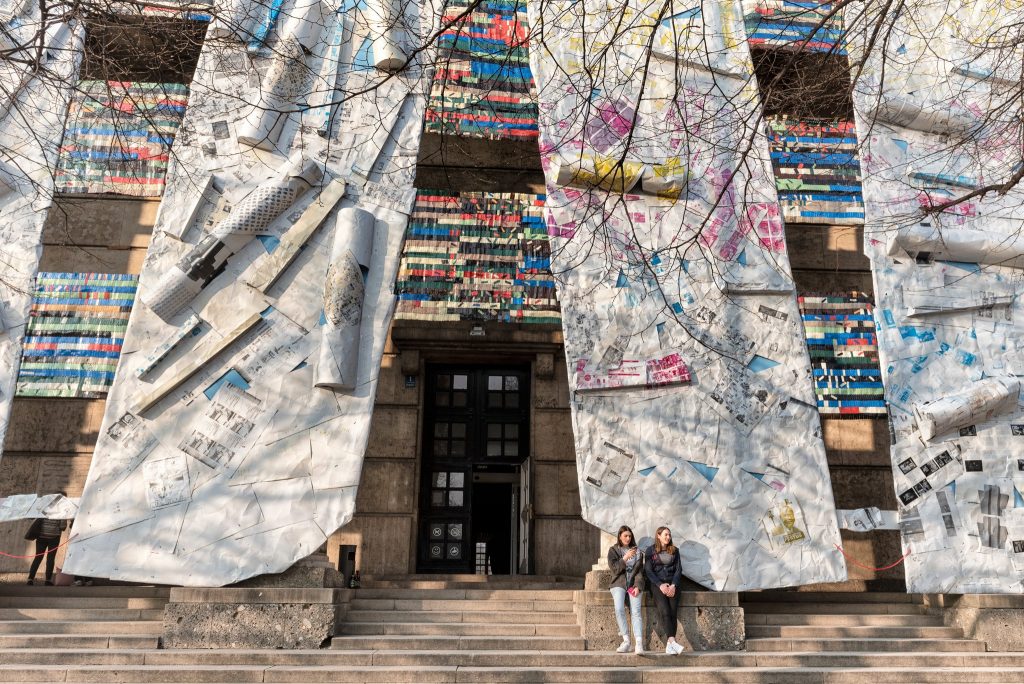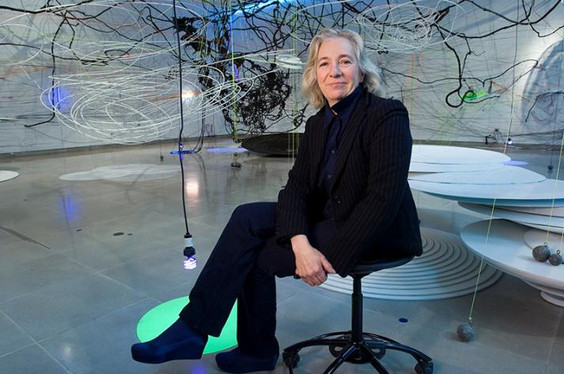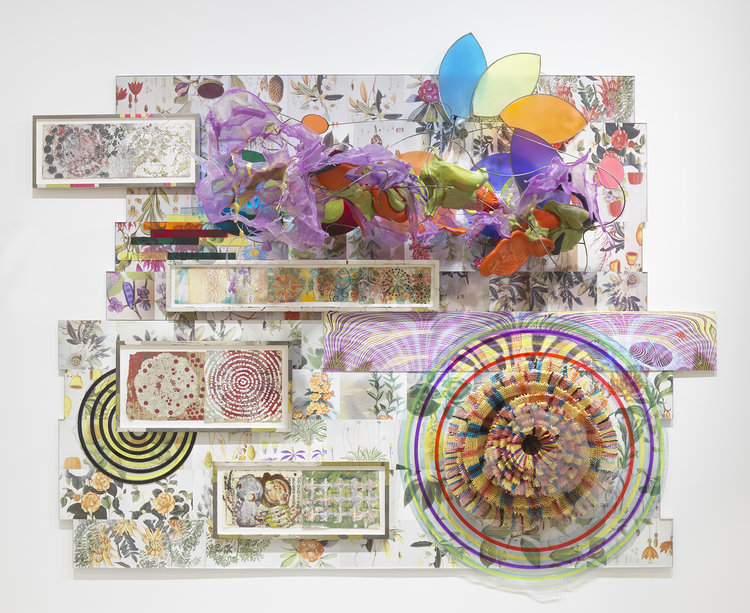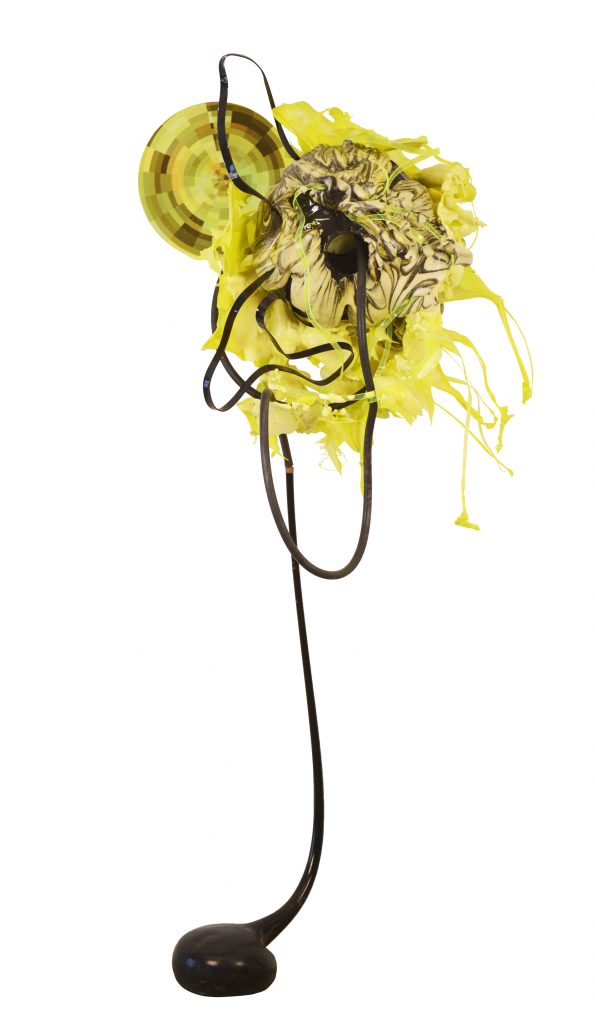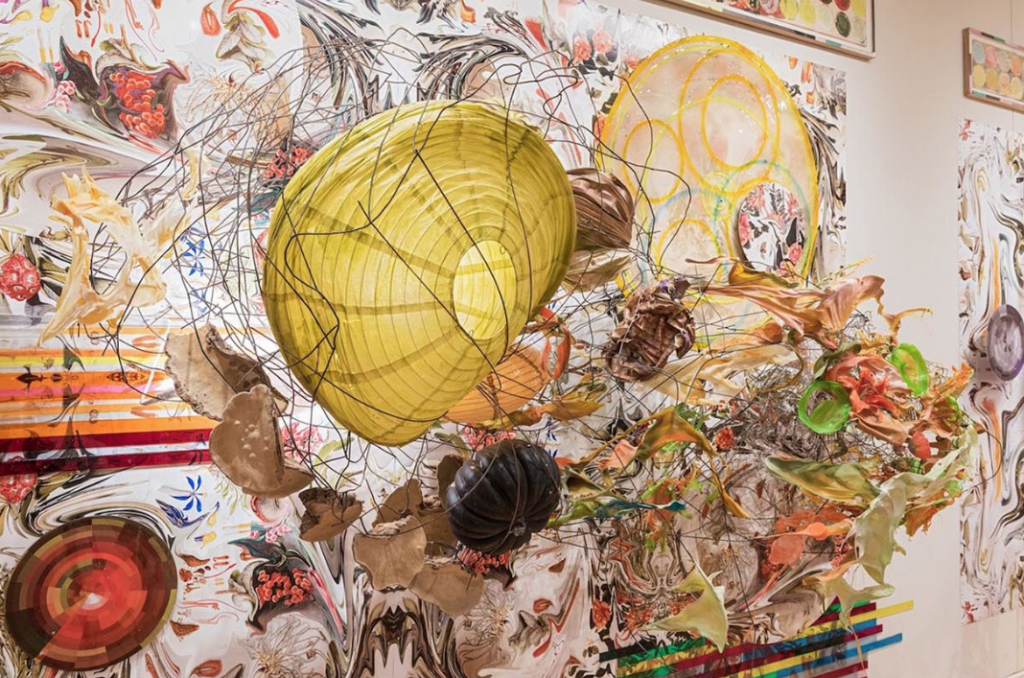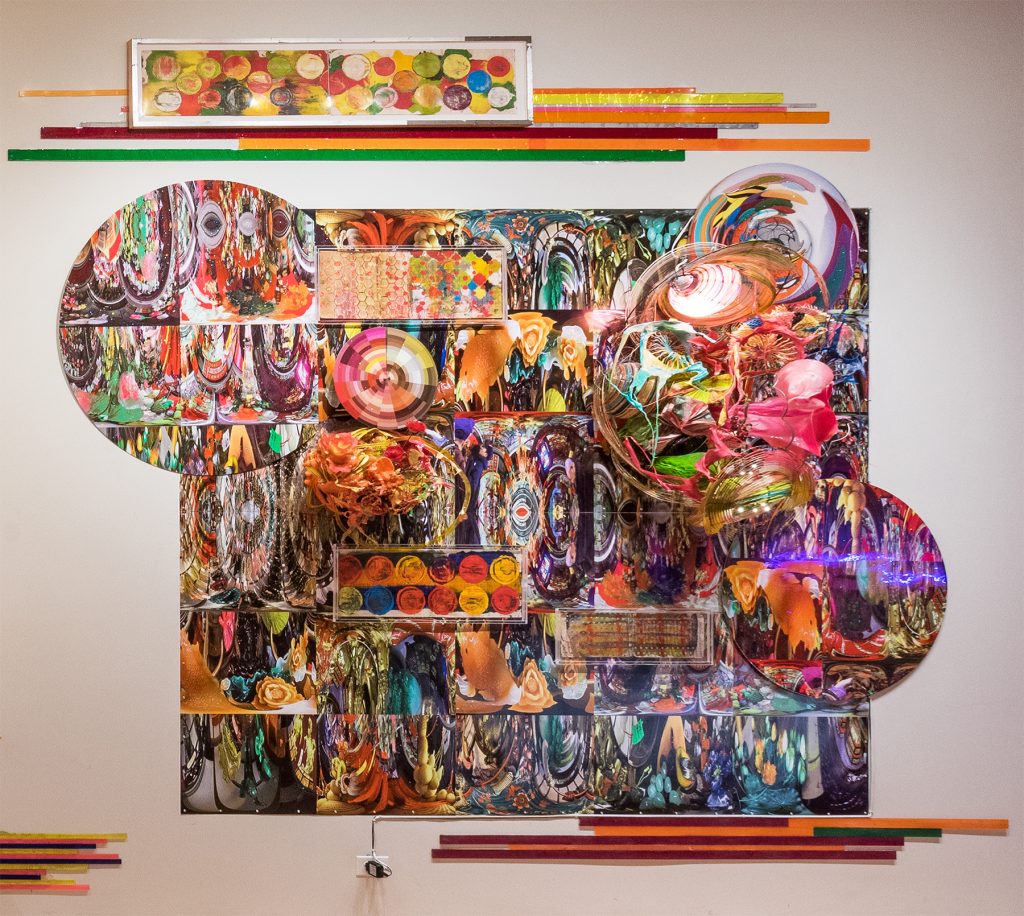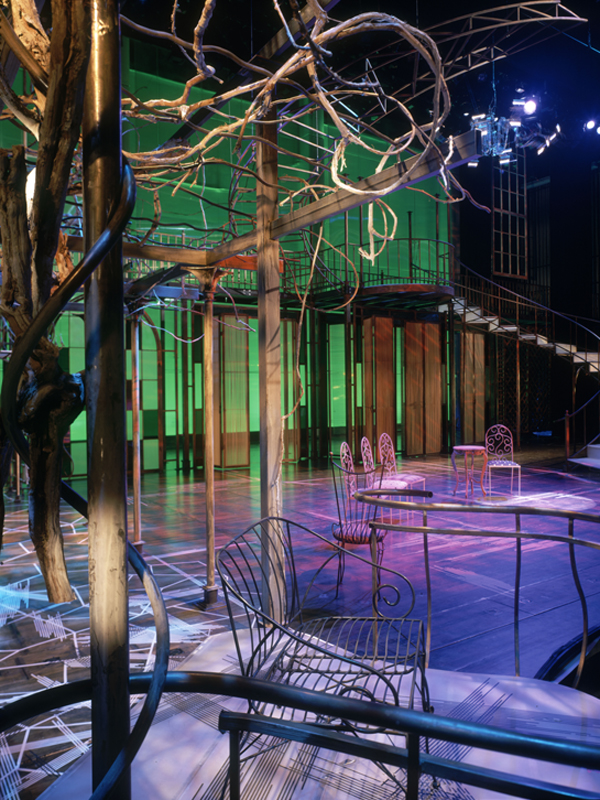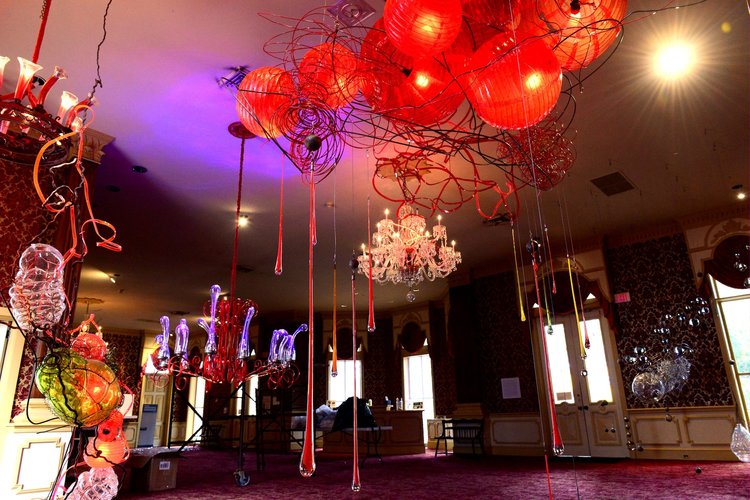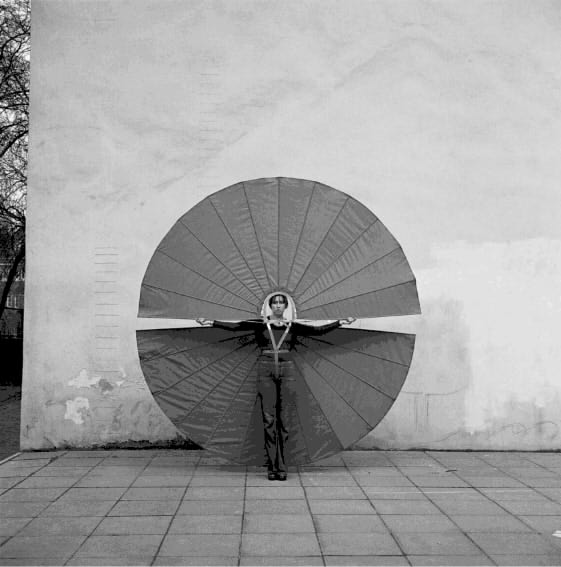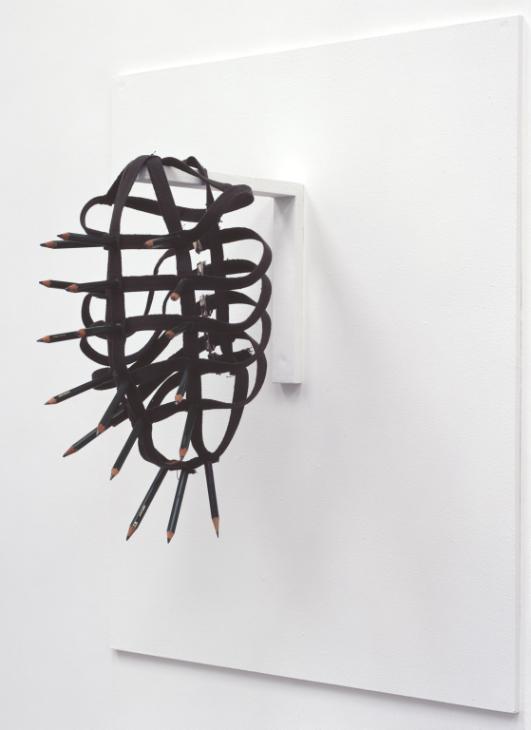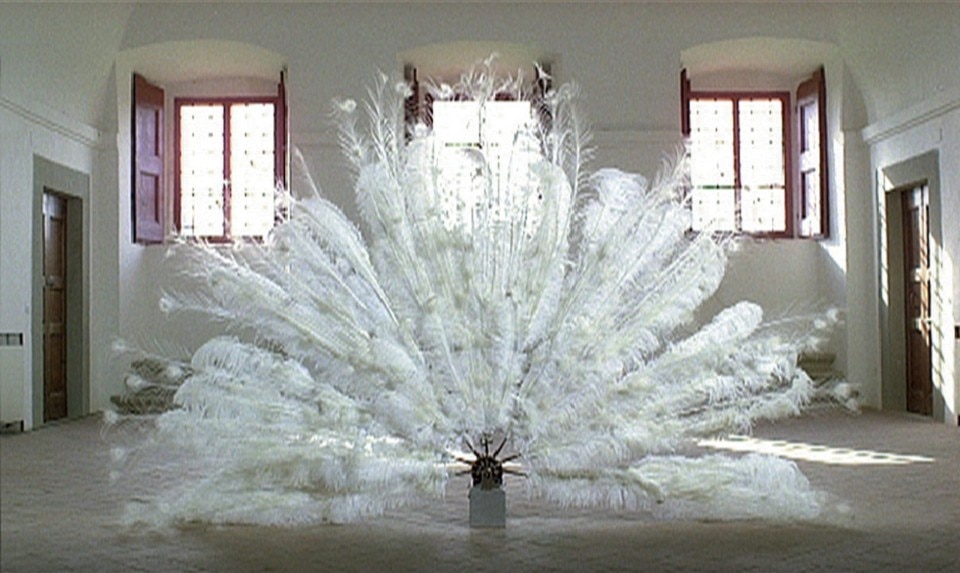Pedro Reyes is an artist who specializes in sculpting, architecture, and video making. Born in 1972, in Mexico City, the artist grew up to become well known for his metal and stone sculptures. These sculptures, in particular, are Reyes’s way of taking a current problem and transforming them into ideas for a better tomorrow. His way of not only shedding light but to distract us with playful and sometimes humorous art.

Reyes said in an interview, “I think everyone can do art, but not everyone is an artist.” He is implying that in order to be called an artist, somebody has to produce art within a certain period or era. Reyes identifies himself as an artist not because of what he produces, but because of a process requiring craftsmanship and familiarity for tools. In his case, he uses his expertise to offer a solution to the world through his art.
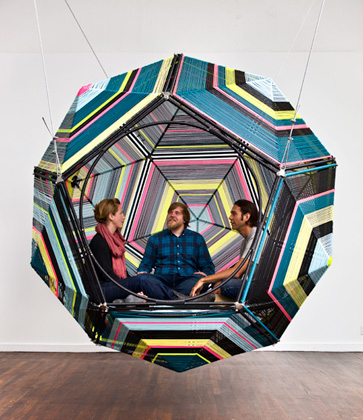
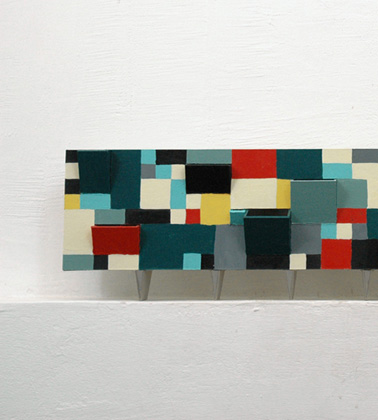
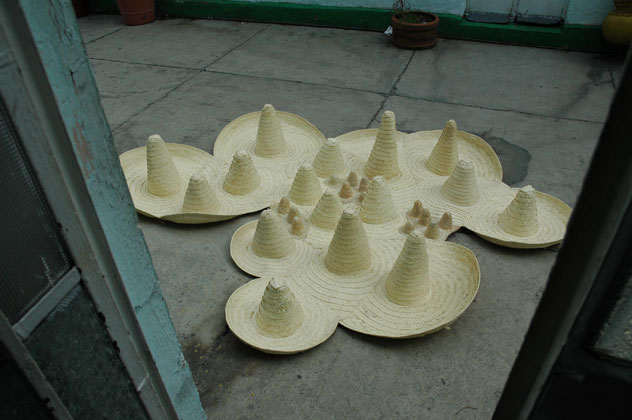

Reyes likes to show his support for a better world through his art, sometimes quite literally. One of his works, Disarm (2013), Reyes received support from the government with a donation of 6,700 guns. Reyes took these confiscated firearms and turned them into musical instruments. Another example of his cheerful minded genius is Palas por Pistolas (Guns for Shovels, 2008), where he melted down guns and forged them into shovels to help plant trees.




People like Pedro Reyes remind us of the positives and that we may have the ability to survive the darkest of times. Through all the violence and unpredictable conflict, everyone can help each other. There tend to be unforeseen consequences resulting from moments in history that we can correct. Reyes’s art demonstrates that there is a solution to every problem and that we can learn with every mistake we make. Dismantle the weapons of destruction to create the tools necessary for constructing a brighter future.
Works Cited
“Pedro Reyes|Art 21” – https://art21.org/artist/pedro-reyes/
“Lisson Gallery | Artist Gallery | Pedro Reyes” – https://www.lissongallery.com/artists/pedro-reyes
“Pedro Reyes” – http://www.pedroreyes.net/index.php
